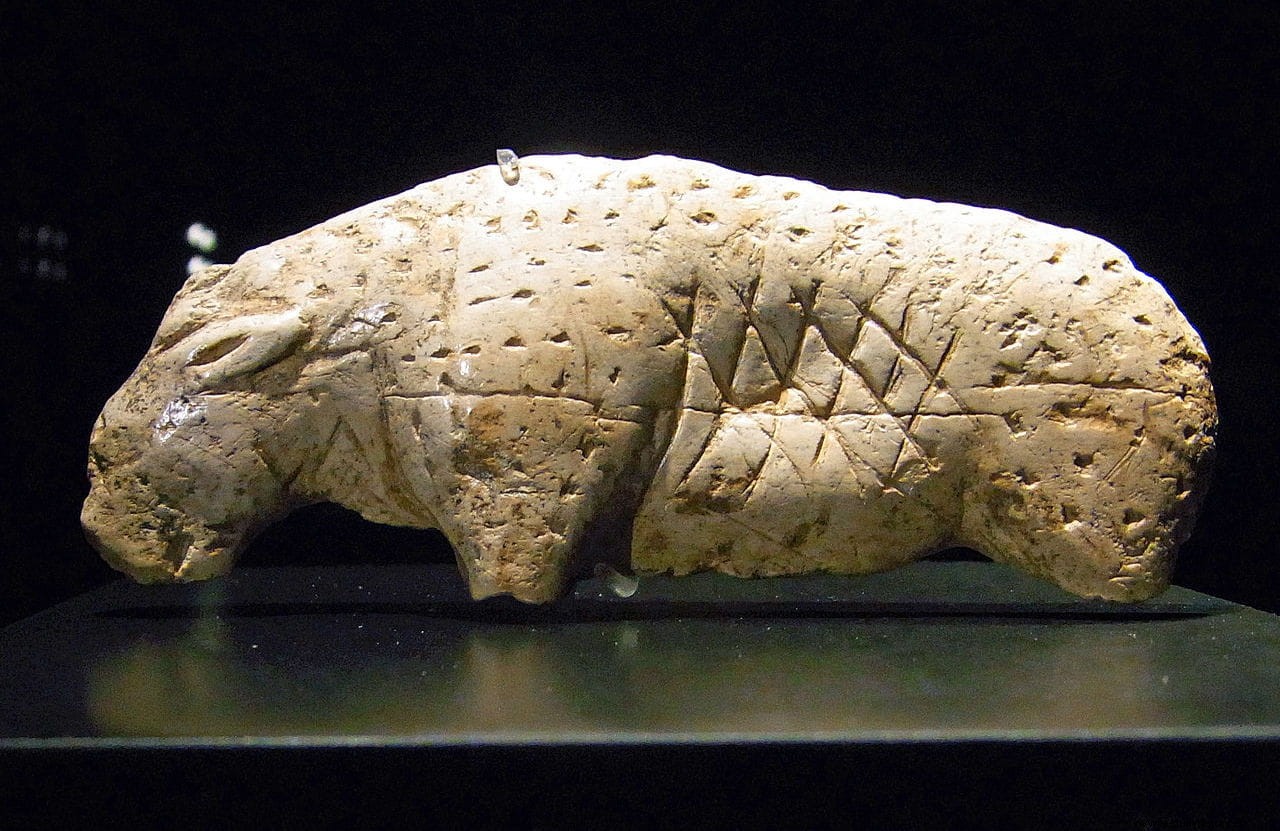On May 23, 1931, the historian Hermann Mohn found some stones fragmented by fire near a Neolithic necropolis in the Lone Valley, near the city of Niederstotzingen (Baden-Württemberg, southern Germany). On July 4 of that year he returned to the site together with Gustav Riek, discovering an opening in the rock that led to a cave in which there were traces of Paleolithic occupation.
Riek carried out the first excavations inside the Volgelherd Cave during which several artifacts from different periods were found. The oldest corresponded to the Riss-Würm interglacial period (about 140,000 years ago), and the most recent to the Neolithic.
The first official excavation of the cave was carried out in 1978 by the archaeologist Eberhard Wagner, and subsequently numerous specialists carried out examinations of the site and of the materials collected by Riek and his team in the 1930s. From 2005 the site was taken over by the University of Tübingen , whose analysis provided interesting and many surprises.
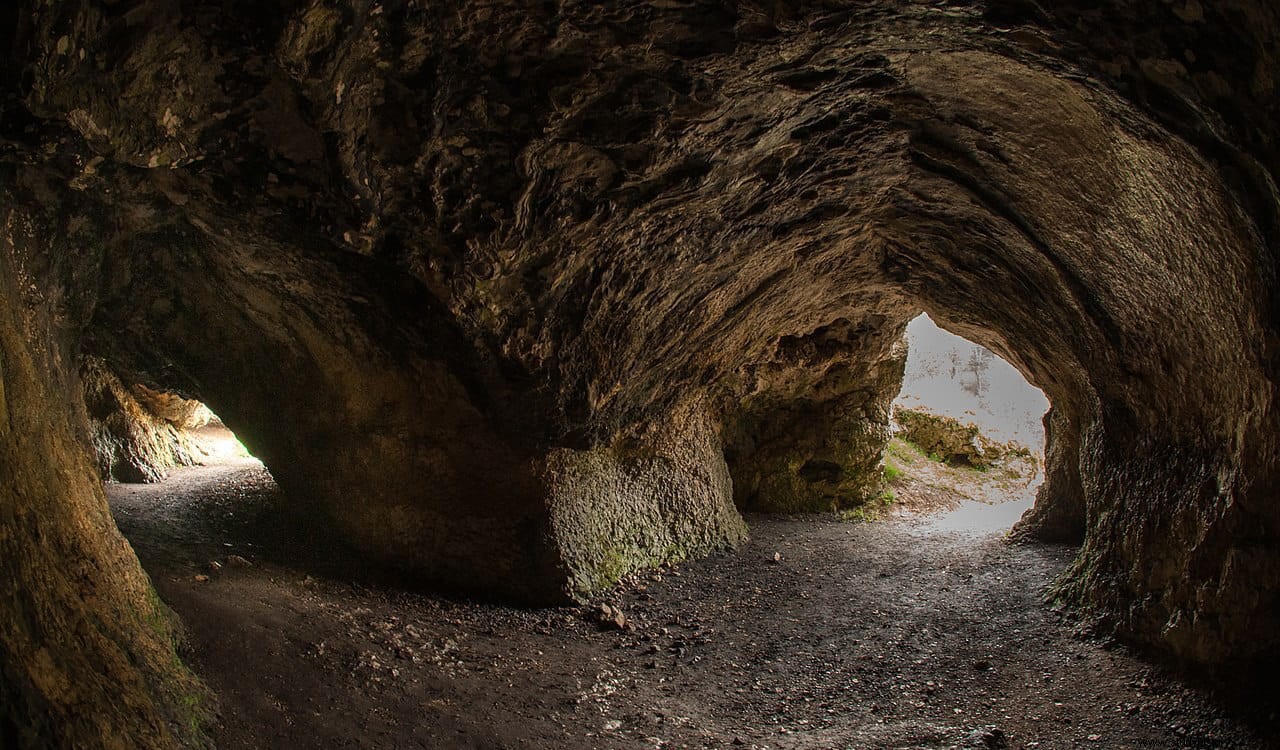
For example, the sediments extracted by Riek that had accumulated in front of the cave entrance were sieved and cleaned. They turned out to contain 297 kilograms of fossils, 128 kilograms of mammoth ivory, 44,000 stone objects and 68,000 flakes. In addition to several figurines and even human bones that are about 5,000 years old.
Small sculptures representing a mammoth and a cave lion torso, three bone and ivory flute fragments, and some 350 beads from the Aurignacian period were found in those same sediments between 2006 and 2007.
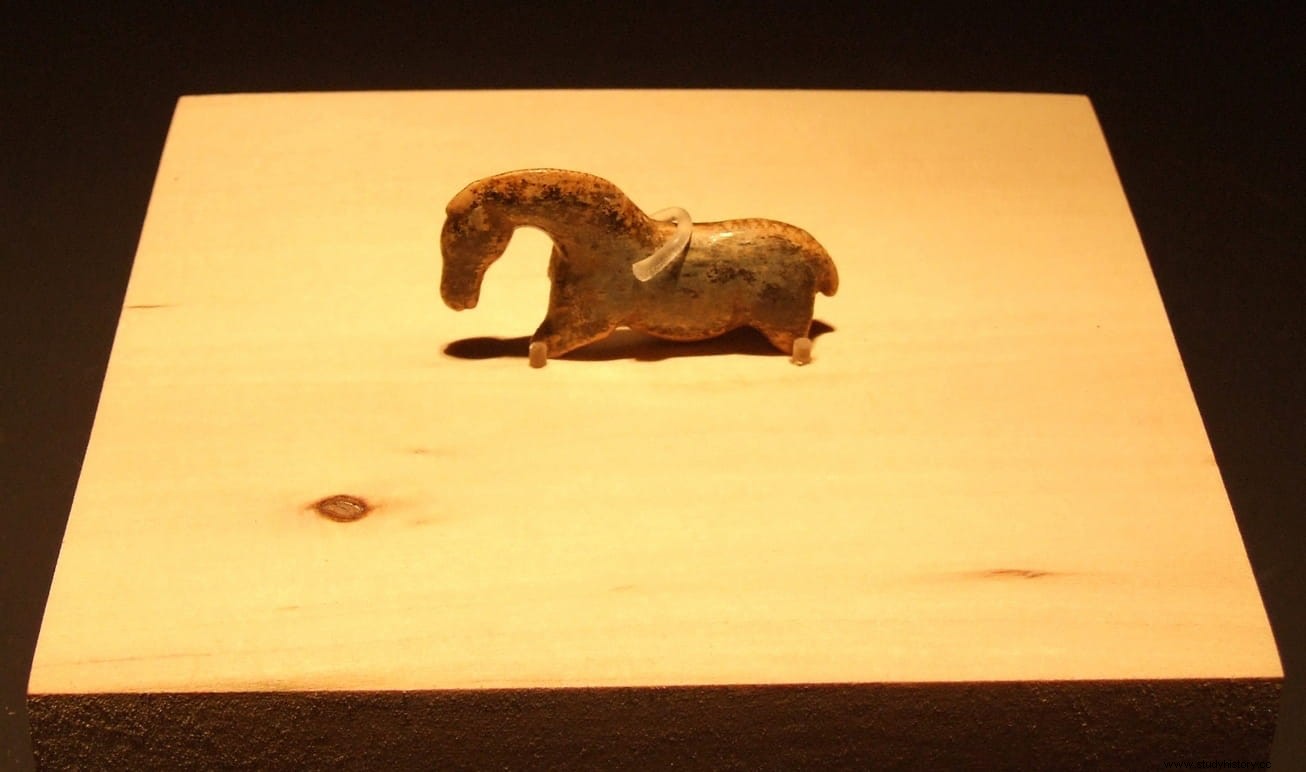
Some of the stone objects found, dating to the Middle Paleolithic, indicate that the cave may have been initially occupied by late Neanderthals.
Until now, 11 statuettes (ten of them made of mammoth ivory), some 350 ornaments, three flutes and an engraving of a cave bear have been found in the cave. Most of the figurines belong to the Aurignacian period and are among the oldest works of figurative art made by mankind.
Among them is the figure of a wild horse represented with its head bowed (which is missing its legs, cut off at the height of the thighs). It is called the Vogelherd Horse and has been dated to around 32,000 years old, which is why it is considered the oldest known sculpture of a horse.
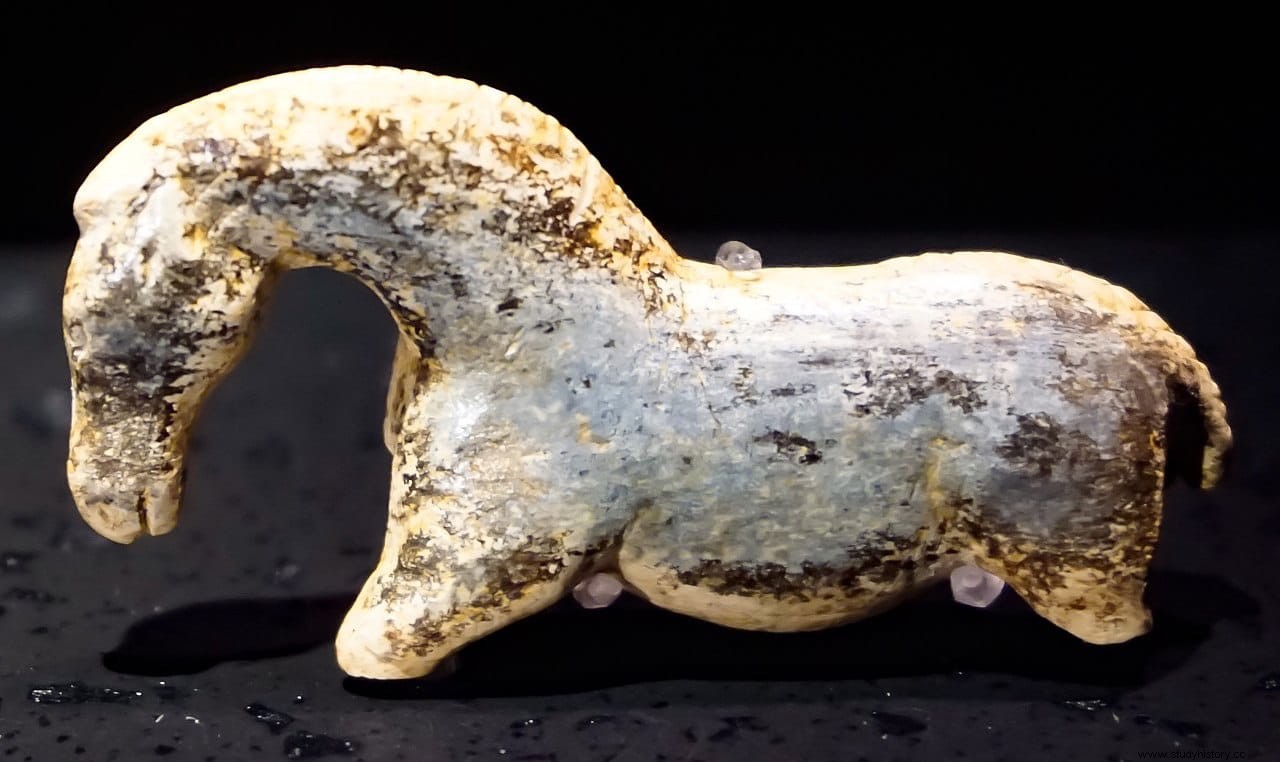
The small piece is 4.8 centimeters long by 2.5 centimeters high and 0.7 wide. It has a relatively long neck, with a head that Gisela Freund has defined as very finely carved, one of the most beautiful Paleolithic horse heads . Like some of the other figurines found in the same cave, it has faintly visible X-shaped incisions from head to tail.
The piece is broken along the longitudinal axis, so it is only visible in half relief. Experts believe that this break was intentional by its author at the time of carving. Due to the graceful appearance of the figure, they also believe that the sculptor wanted to represent an Equus caballus germanicus or jungle horse (a subspecies of prehistoric horse) instead of Przewalski's horse (more common in Paleolithic art).
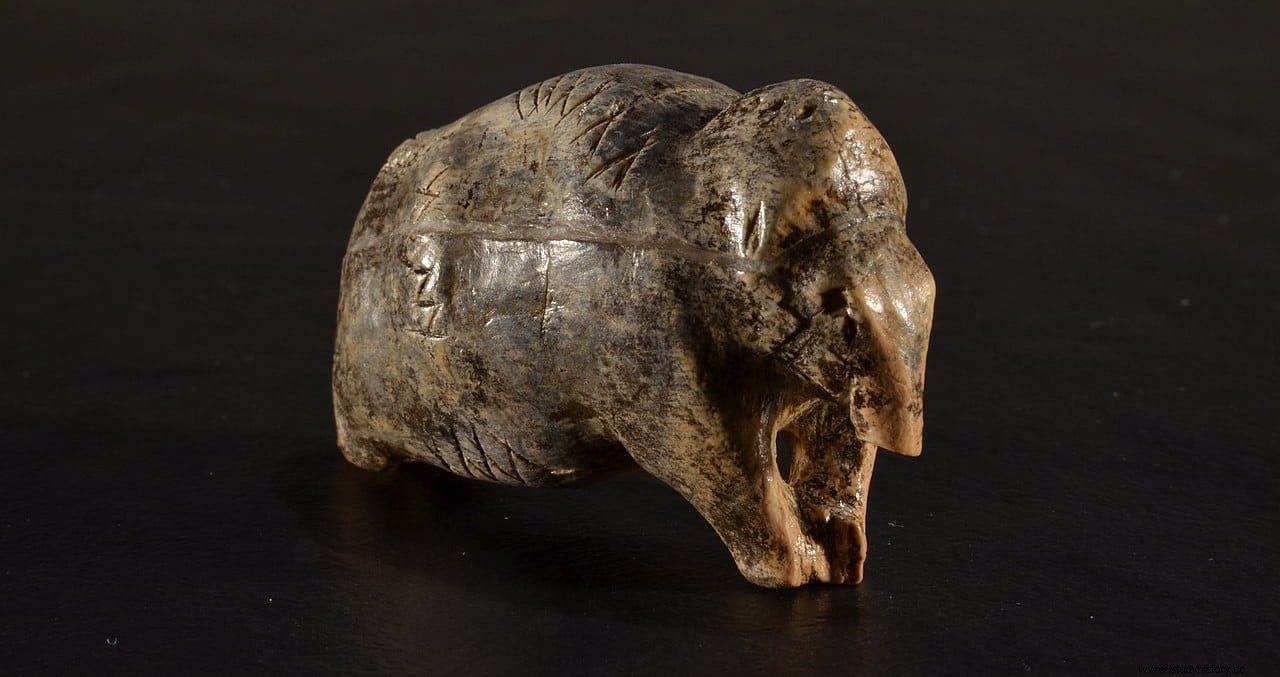
Another of the sculptures found in the Vogelherd Cave represents an adult woolly mammoth (Mammuthus primigenius ). It is made of mammoth ivory and measures approximately 50 millimeters long by 34 high and 22.1 wide. It was found with its hind legs and trunk broken and, like the horse's, they must have been intended to serve as a slope. This figurine was dated between 30,000 and 35,000 years ago.
During excavations carried out between 2005 and 2012, another statuette of a mammoth was found, measuring 3.7 centimeters long and weighing about 7.5 grams. Experts believe that it is the oldest miniature work of humanity that is completely preserved in its original state. It differs from the others found in the cave in that it has relatively few ornamental motifs, since only its lower and upper extremities bear fine cross markings. There are six small incisions on his head.
When the first statuettes were discovered in 1931, they were considered the oldest works of figurative art in the world. More recently they have been described as the oldest in Europe. However, modern discoveries, such as the one made in the Denisova Cave, challenge that qualification.
